Posts Tagged "traffic"
The traffic forecast used to justify your road widening is bogus
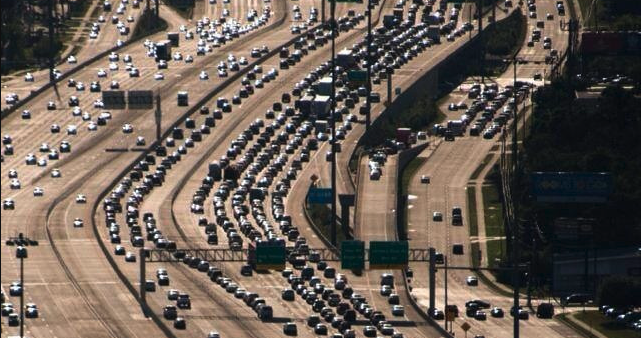
The predicted traffic levels on which transportation planners base their decisions are erroneous and rooted in obsolete methods. Here’s how transportation models fail to accurately predict future traffic, and how you can call out their misuse.
New survey: 82 percent of voters don’t believe highway expansions are the best solution for reducing congestion
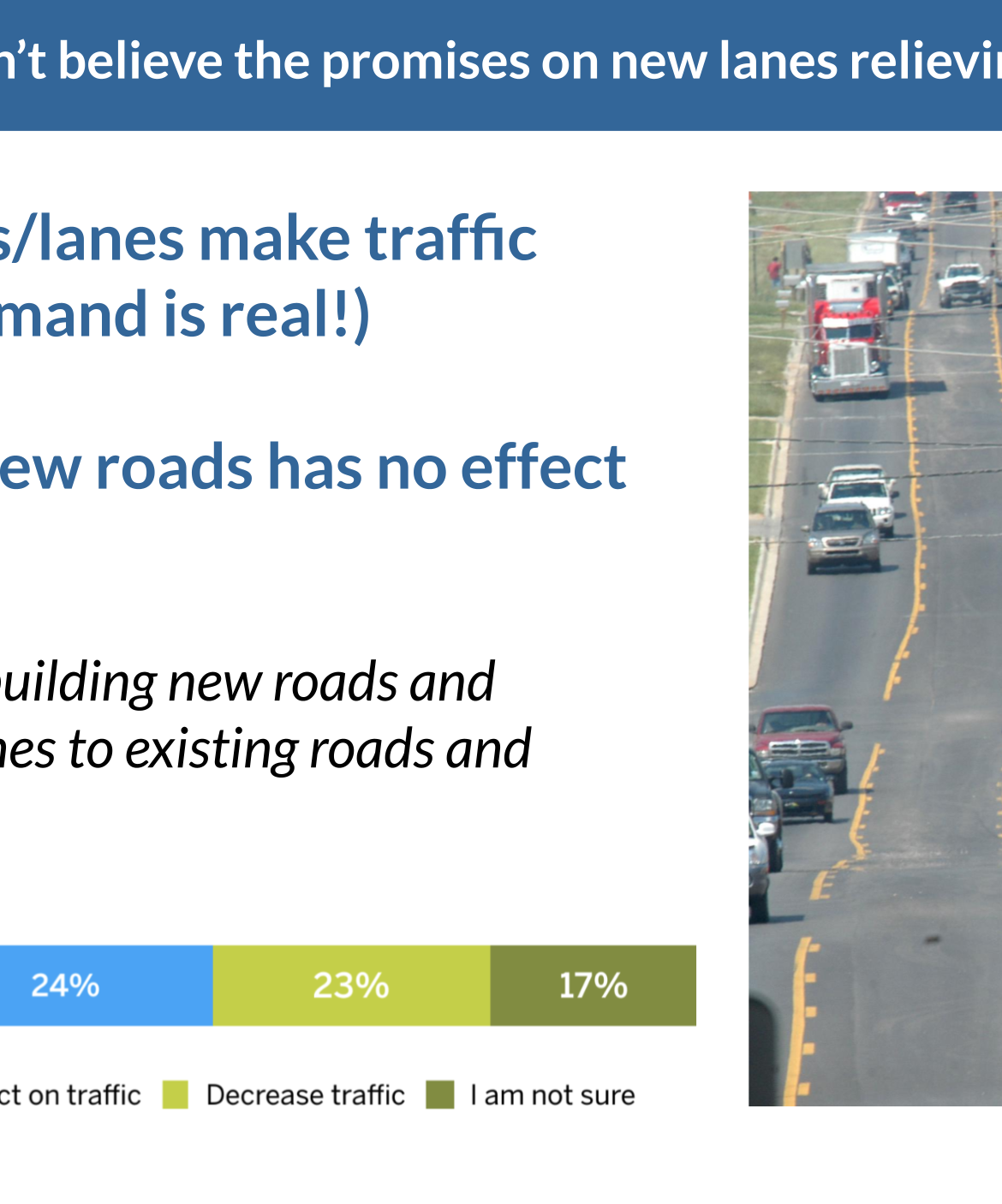
New nationwide survey shows that prioritizing road repair, improving transit, and reducing driving are more popular options for spending transportation dollars WASHINGTON, D.C. (June 29) — A new nationwide survey of American voters’ attitudes reveals a significant divide between voters’ attitudes about the best short-and long-term solutions for reducing traffic, versus the actual priorities of […]
More highways, more driving, more emissions: Explaining “induced demand”
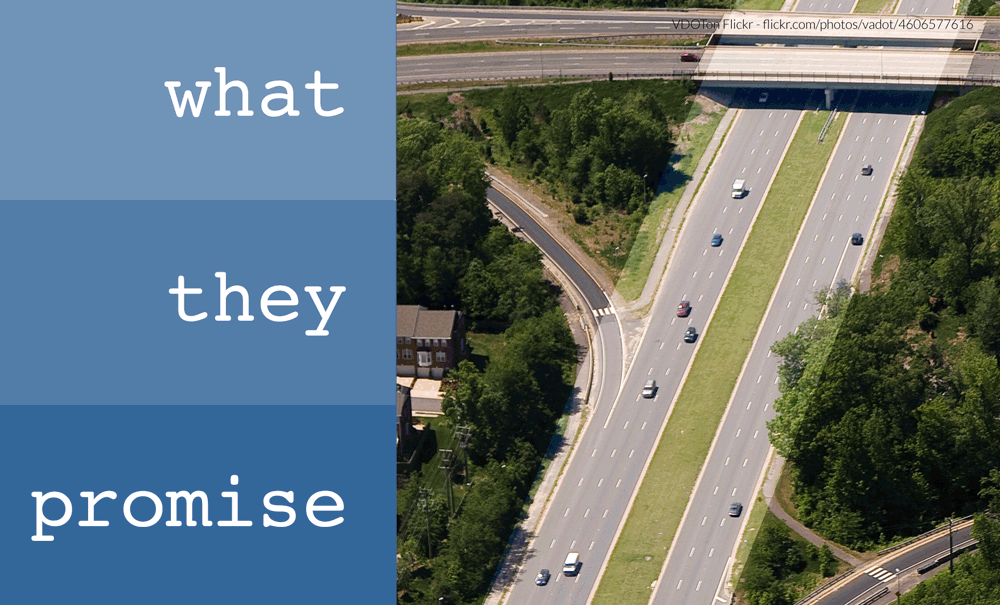
Even if we hit the most ambitious targets for changing our cars and trucks over to electric vehicles, we will fail to meaningfully reduce emissions from transportation without confronting this simple fact: new roads always produce new driving. This costly feedback loop referred to as “induced demand” is the invisible force short-circuiting the neverending attempts to eliminate congestion by building or expanding roads.
New calculator shows how highway expansions increase traffic
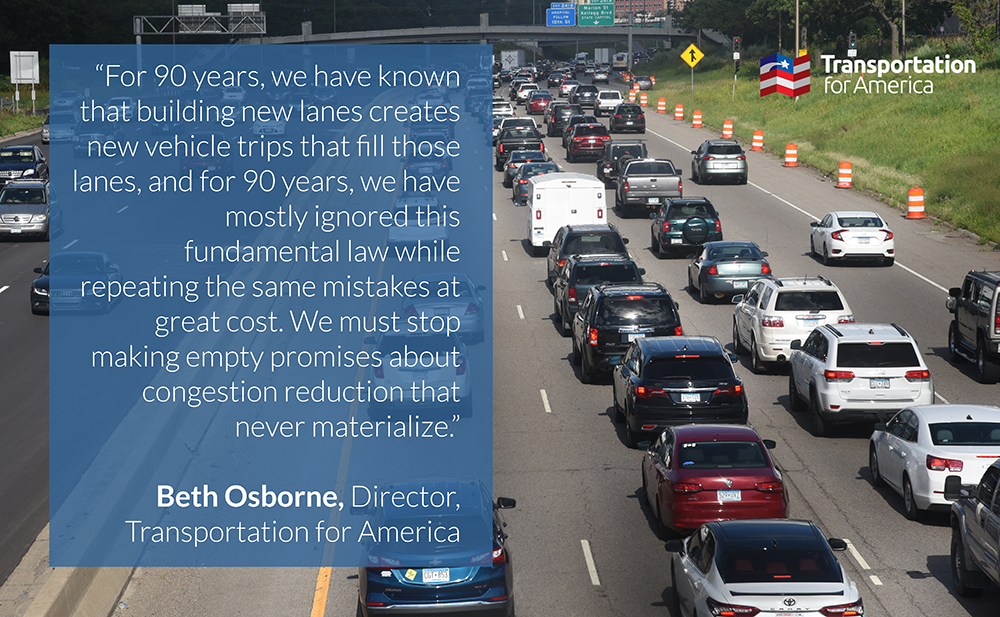
The SHIFT Calculator provides transparency about new traffic created by highway widening and expansion so transportation agencies can make smarter, more sustainable transportation investments.
Dear governor, our congestion “solutions” have failed
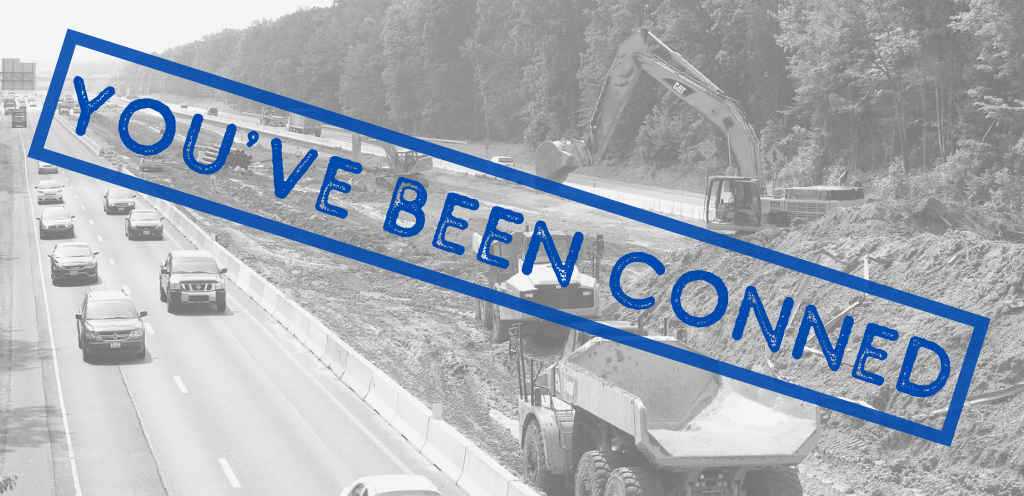
Governors and legislators in state houses across the country have a major role to play in ending the congestion con and spending our money on projects that will actually improve our lives—rather than just temporarily shortening some commutes by 30 seconds until the congestion returns. Help us make that a reality by sending your local officials a message.
California officially dumped the outdated “level of service” metric — your state should too
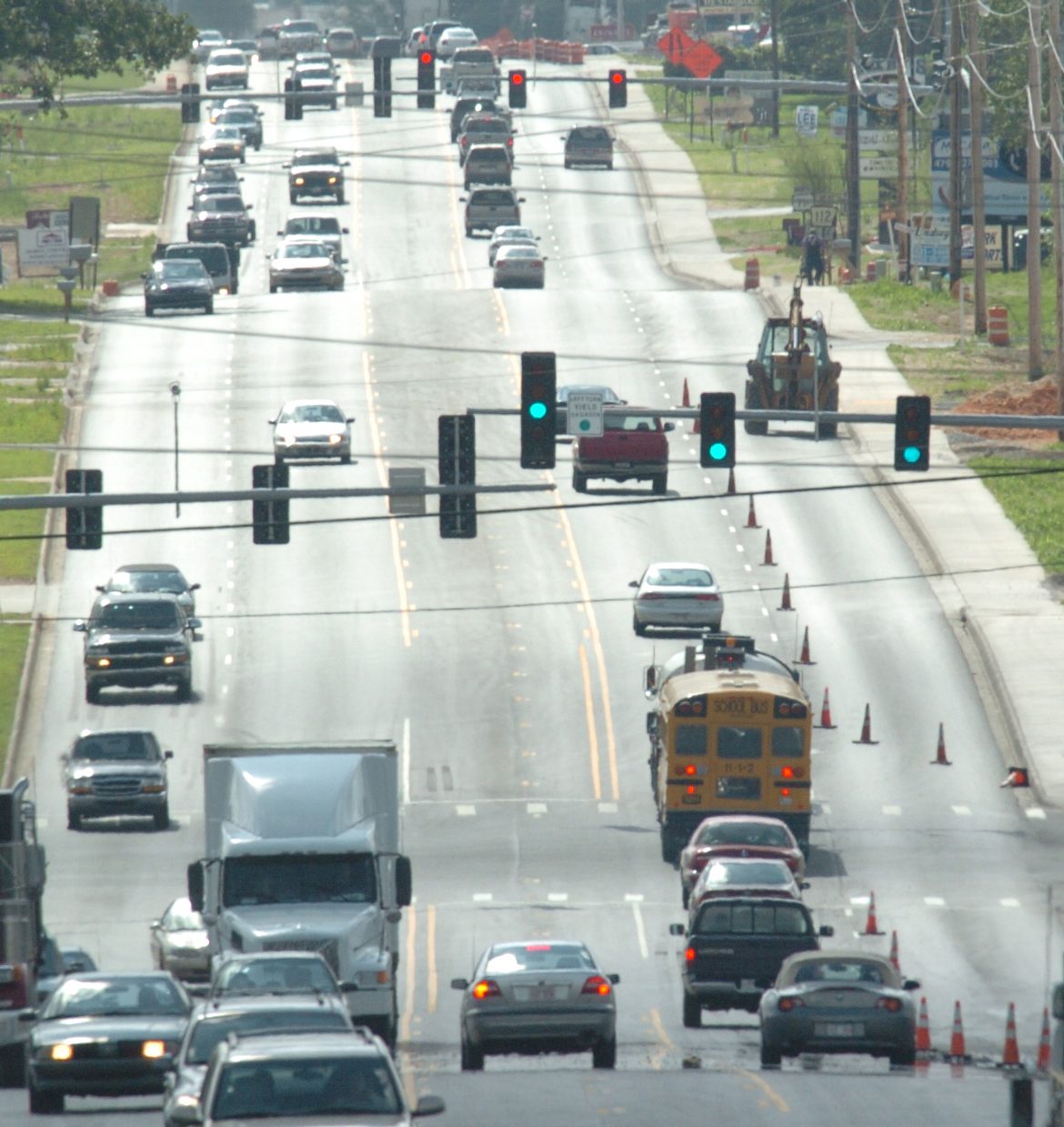
California made a small but crucial change to how they measure the performance of their streets in 2013, shifting away from a narrow focus on moving as many cars as fast as possible and taking a more holistic view and measuring a street’s performance against a broader list of other important goals. So what is this outdated “level of service” measure and how can other states follow California’s lead?
When it comes to traffic congestion, we need to measure more than just vehicles
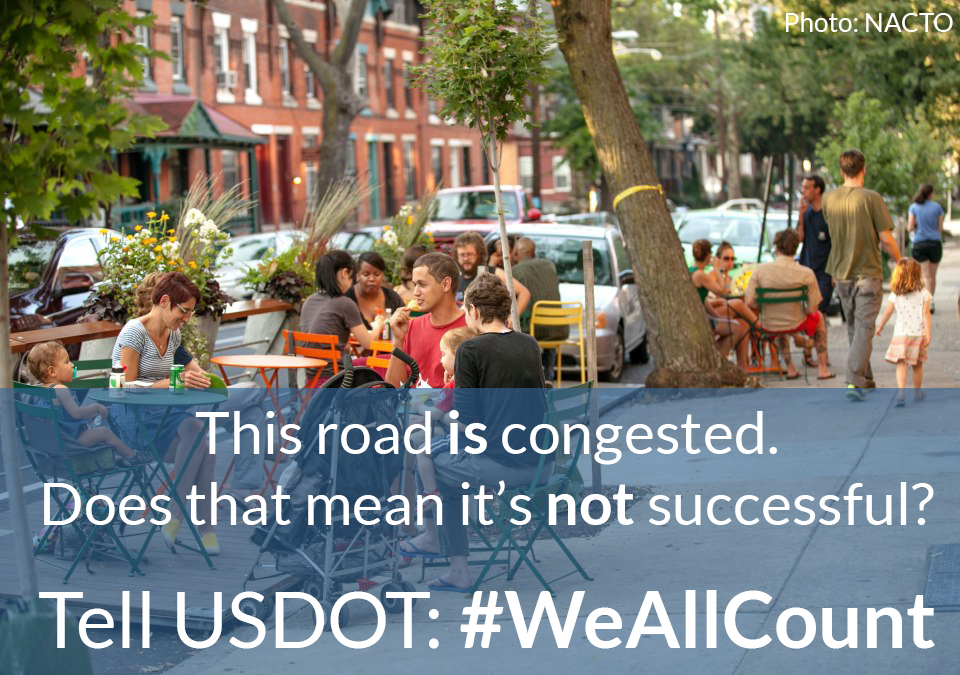
Last week, USDOT issued a draft rule that will govern how states and metro areas will have to measure and address congestion, along with other metrics like freight movement and emissions. However, the rule as it is currently written would measure success in outdated ways. Old measures leads to old “solutions,” like prioritizing fast driving speeds above all other modes of transportation and their associated benefits.
Debunking the congestion index used to justify the policies that keep us stuck in traffic
 The cycle is familiar by now. A study tells us what we all know: our roads are congested. We pour billions into new roads and lanes to “reduce congestion.” Then the study comes out two years later and just as before, our roads are still congested. There’s a call for new roads, new roads open up, we drive further and further and congestion goes up. But a significant new report from CEOs for Cities suggests that there’s a fundamental flaw in that study.
The cycle is familiar by now. A study tells us what we all know: our roads are congested. We pour billions into new roads and lanes to “reduce congestion.” Then the study comes out two years later and just as before, our roads are still congested. There’s a call for new roads, new roads open up, we drive further and further and congestion goes up. But a significant new report from CEOs for Cities suggests that there’s a fundamental flaw in that study.
Increased traffic is hazardous to our health
Much of the discussion around health and transportation has zeroed in on how a lack of travel options and an unwalkable built environment in our communities reduces physical activity. But when traffic is the leading cause of death among children worldwide and the leading cause of death among Americans between the ages of 1 and […]
IBM imagines a smarter planet with smarter transportation
“The systemic nature of urban transportation is also the key to its solution. We need to stop focusing only on pieces of the problem: adding a new bridge, widening a road, putting up signs, establishing commuter lanes, encouraging carpooling or deploying traffic copters. Instead, we need to look at relationships across the entire system—and all […]
Driving down in 2008, congestion down much more
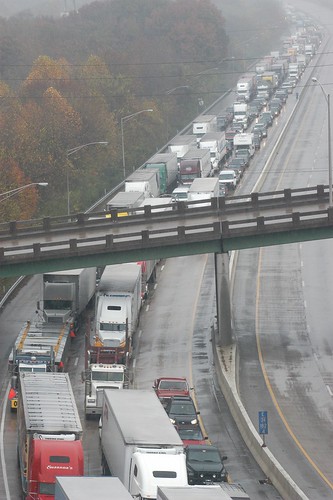 Due to the impact of high gas prices, the economic slowdown, and a growing preference for public transportation and other options for getting around, congestion was down in 2008 over 2007, marking the first two-year decrease in congestion since the Texas Transportation Institute began keeping track in 1982. Today, TTI released their bi-annual Urban Mobility Report today on the state of congestion and traffic in the U.S.
Due to the impact of high gas prices, the economic slowdown, and a growing preference for public transportation and other options for getting around, congestion was down in 2008 over 2007, marking the first two-year decrease in congestion since the Texas Transportation Institute began keeping track in 1982. Today, TTI released their bi-annual Urban Mobility Report today on the state of congestion and traffic in the U.S.
Help Dan. Save Traffic
Dan loves traffic. But Congress could take it all away when they consider this year’s reauthorization of the federal transportation bill. Will they give us the kinds of transportation options that could suck the lifeblood right out of traffic? Or will they simply pump more money into a broken system. Dan is waiting to find […]
The Inauguration: A shining moment for public transportation
f you were watching television last Tuesday, you saw at least two historic things happen, but there’s a chance that the lesser one escaped your notice. What you might have missed was the fact that Washington, DC also managed to quadruple the number of people who travel into the city on a typical day — from 400,000 to 1.8 million — without breaking out into total chaos and panic.



















